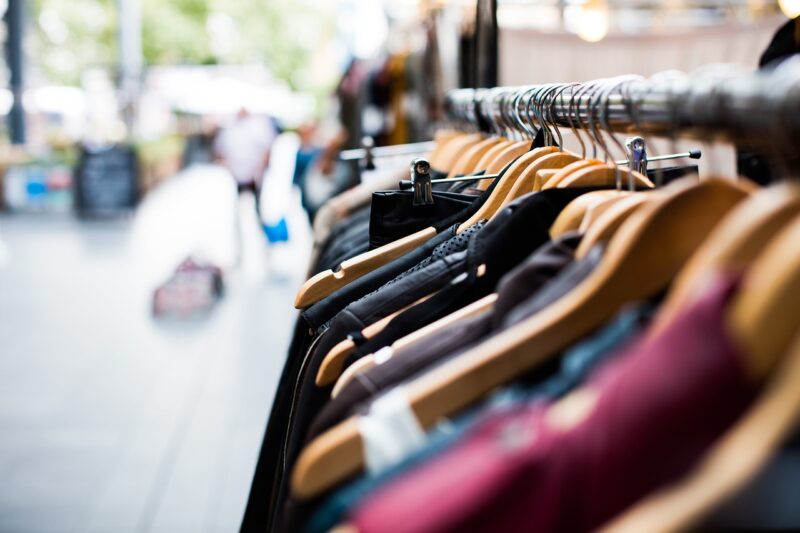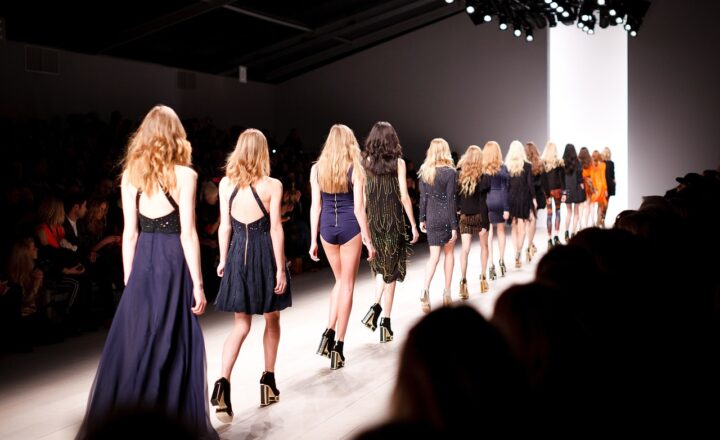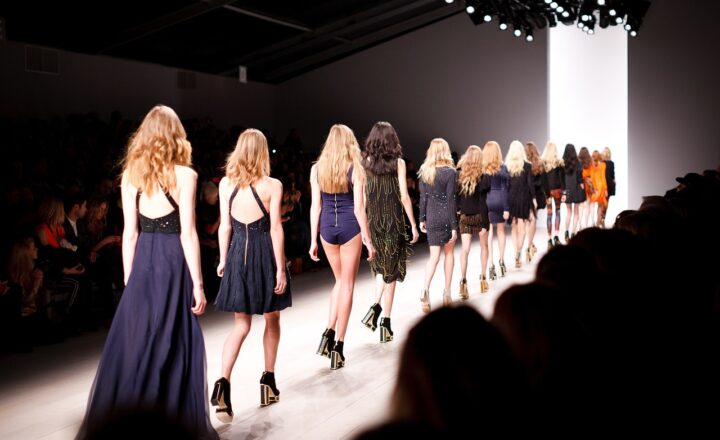Why Vintage Clothing is Gaining Popularity in the Modern Era
November 18, 2024

In recent years, vintage clothing has surged in popularity, transforming from a niche interest to a mainstream fashion movement. People from diverse backgrounds are increasingly drawn to the distinctive charm of vintage pieces, embracing not just the aesthetic but also the ethos behind this resurgence. This article delves into the factors contributing to the rising appeal of vintage clothing in the modern era, exploring cultural, economic, and environmental aspects that together create a perfect storm for vintage fashion’s revival.
1. The Allure of Unique Style
One of the most significant driving forces behind the popularity of vintage clothing is the innate desire for unique style. In an age dominated by fast fashion, the repetitiveness of mainstream clothing brands can create a sense of monotony. Vintage clothing offers an alternative—a chance to express individuality and stand out from the crowd.
Vintage pieces often feature unique designs, rare patterns, and captivating fabrics that are hard to find in contemporary collections. From the swirling patterns of 70s maxi dresses to the sharp tailoring of 80s blazers, vintage clothing allows individuals to curate personal looks that reflect their personality. The element of storytelling attached to each piece, often with a rich history or cultural significance, only enhances its appeal.
2. Environmental Consciousness
The growing consciousness about sustainability and environmental responsibility is also fueling the popularity of vintage clothing. As the fashion industry is recognized as one of the major polluters, consumers are actively seeking alternatives to fast fashion. Vintage clothing provides a way to reduce waste and promote a more sustainable approach to fashion.
Buying vintage means prioritizing the reuse of existing garments, which significantly reduces the demand for new clothing production. This shift not only conserves resources but also helps lessen the carbon footprint associated with the manufacturing process. Many vintage enthusiasts actively advocate for conscious consumerism that supports a circular economy, making vintage shopping not just a trend but a statement about one’s values.
3. Nostalgia and Cultural Resurgence
Nostalgia plays a substantial role in the rise of vintage fashion. The desire to reconnect with past eras is prevalent in many facets of modern culture, from music and film to architecture and fashion. Vintage clothing transports wearers to bygone aesthetics, evoking a sense of nostalgia and longing for the days when things felt simpler.
This resurgence can be observed across generations: Millennials and Gen Z, in particular, have a strong affinity for styles that reference the 80s, 90s, and early 00s. Pop culture phenomena—such as remakes of classic films or the revival of retro TV shows—have further amplified this interest, with vintage fashion worn by influencers and celebrities becoming aspirational for fans. By wearing vintage, individuals forge a personal connection with history, embodying elements of previous eras while adding their flair.
4. Economic Factors and Thrift Culture
The economic landscape also plays a crucial role in the popularity of vintage clothing. Rising costs of living, student debt, and economic uncertainty have led many consumers to rethink their spending habits. Vintage shopping often offers an attractive alternative to high-priced contemporary brands, providing quality pieces at lower price points.
The thrift culture has gained momentum, promoting the benefits of buying second-hand. Online platforms, such as Depop and Poshmark, have made it easier than ever to access vintage items, while local thrift shops and consignment stores have become treasure troves for savvy shoppers. The thrill of the hunt for unique finds at a fraction of the cost appeals to those looking for deals and conscious of their budget.
5. Community and Online Influence
The rise of social media has also played a pivotal role in the growing popularity of vintage clothing. Platforms like Instagram and TikTok have become showcases for vintage enthusiasts, allowing users to share their outfits, styling tips, and thrifting hauls with a wider audience. These platforms create a sense of community among vintage lovers, connecting people with similar interests across the globe.
Influencers, fashion bloggers, and content creators now actively promote vintage clothing, showcasing how to incorporate these unique pieces into modern wardrobes. This online presence not only normalizes vintage shopping but also inspires others to explore their own unique styles outside mainstream fashion trends.
6. The Future of Vintage Fashion
As the synergy of individual expression, environmental awareness, economic sensibility, and nostalgia continues to propel vintage clothing into the limelight, its future appears bright. With major fashion brands increasingly incorporating vintage styles into their collections or promoting sustainability, it’s clear that vintage clothing isn’t merely a passing trend but a movement with lasting significance.
The blend of old and new ensures that vintage fashion remains relevant, encouraging future generations to embrace their own narratives while appreciating the past. Whether through the years or in the spirit of radical self-expression, vintage clothing is an enduring emblem of culture, individuality, and community.
Conclusion
Vintage clothing has transitioned beyond a unique alternative to a widespread culture laden with purpose and meaning. From promoting sustainability and thrift to providing a canvas for individual expression, the reasons behind its growing popularity are layered and complex. As consumers increasingly value authenticity and uniqueness in their fashion choices, vintage clothing will likely hold an essential place in both our wardrobes and cultural landscapes. Embrace the vintage resurgence, and consider adding a piece of history to your closet. It isn’t just vintage—it’s timeless.







